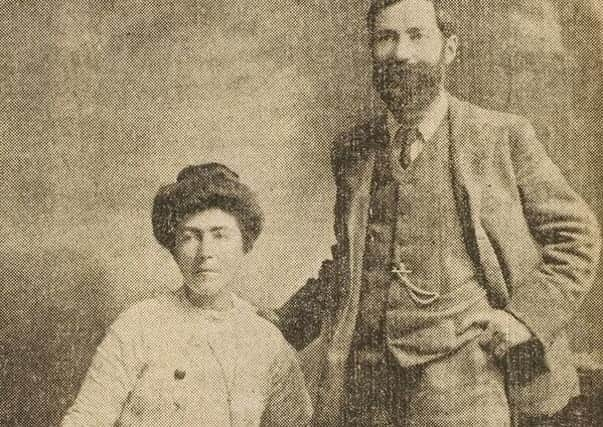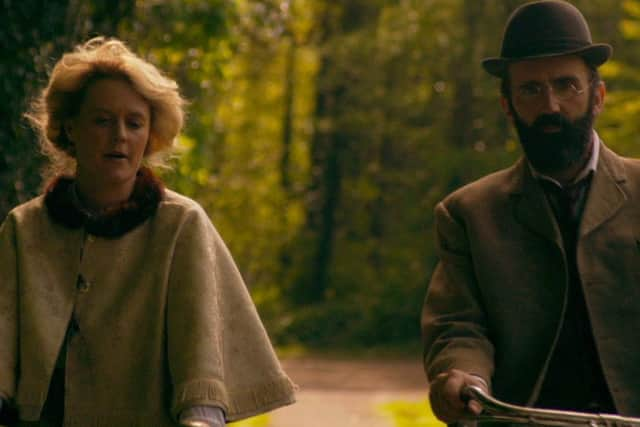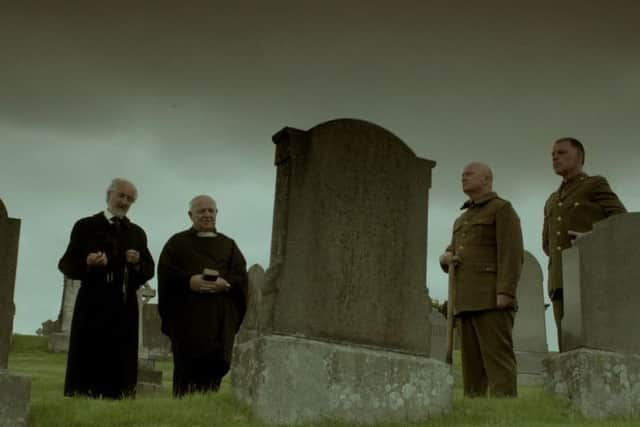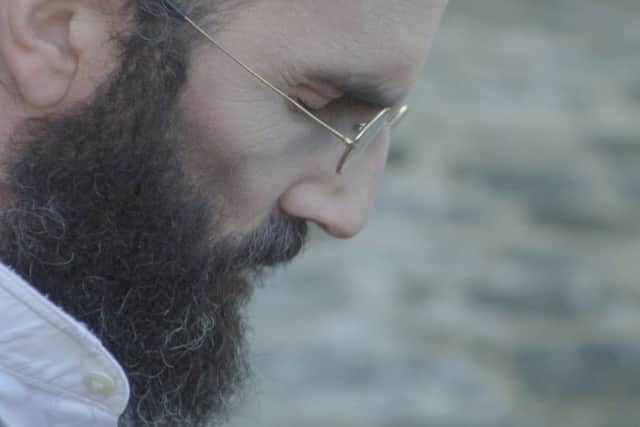'˜Frank and '¨Hanna deserve a more central place in history'


Dearcán Media was set up in 2010 by Deaglán Ó Mocháin and Keith O’Grady. The company is a not-for-profit Community Interest Company (CIC), and is based in Derry’s award winning Cultúrlann Uí Chanáin. Past projects include documentaries about Derry’s Historic Walls, Scottish poet, Robert Burns and Bram Stoker and his novel ‘Dracula’.
Dearcán Media’s aims include nurturing and developing the Irish language in Derry, providing media training to community groups and seeking out Irish language commissions on themes of a political, cultural and historical nature.
Advertisement
Hide AdAdvertisement
Hide AdDearcán Media’s latest production is about the life of Francis Sheehy-Skeffington, who was executed by the British Army in April 1916.
Francis Sheehy-Skeffington, who was better known as ‘Skeffy’, was from Downpatrick and was a friend of esteemed Irish novelist, James Joyce, and a colleague of Irish republican and socialist, James Connolly.
Dearcán Media co-founder and producer, Deaglán Ó Mocháin, explained how they came across the story of Sheehy-Skeffington.
“Dearcán Media made a documentary on Irish suffragettes in 2013, and Frank’s partner, Hanna Sheehy-Skeffington, was one of the best known Irish feminists in the early part of the 20th century,” said Deaglán.
Advertisement
Hide AdAdvertisement
Hide Ad“When we were researching Hanna’s life, we saw that her life with Frank was worth exploring in more detail. In some ways they were both defined by Frank’s murder in 1916, and they deserved to be remembered for a lot more than being a victim, and the widow of a victim. They were very strong and committed political activists, involved in all sorts of progressive causes,” he added.


The death of Sheehy-Skeffington is a story in itself. A supporter of Home Rule and a supporter of the Irish Volunteers, Sheehy-Skeffington was arrested on April 25, 1916 by members of the 11th East Surrey Regiment at Portobello Bridge for no reason.
Sheehy-Skeffington was used as a hostage by the 11th East Surrey Regiment at Portobello Bridge.
British soldiers were sent into Rathmines by an officer of the 3rd battalion Royal Irish Rifles, Captain JC Bowen-Colthurst. Captain Colthurst, who was from Cork, ordered the soldiers to kill Sheehy-Skeffington if they came under attack.
Advertisement
Hide AdAdvertisement
Hide AdAfter witnessing the murder of young boy and a journalist at the hands of Captain Colthurst, Sheehy-Skeffington, along with two journalists, was taken into a yard the following morning and executed on Captain Colthurst’s orders.


“It was a fascinating project to work on,” said Deaglan.
“We particularly enjoyed going to the National Library in Dublin to look through the Sheehy-Skeffington papers. There are thousands of things of personal and political interest there, from photos, to letters, documents, clippings, reports, their journalism.
“We also wanted to make sure that we were telling the full story of Frank’s murder, and the subsequent cover up initiated by the British military and political authorities. We found evidence that the most senior legal figures in London and Dublin spent a lot of time and effort in making sure that the British officer (from Cork) who ordered Frank Sheehy Skeffington’s murder, would not be given a trial by jury, and would escape execution.”
Dearcán Media must work within small budgets when making documentaries and the story of Sheehy-Skeffington was no exception.
Advertisement
Hide AdAdvertisement
Hide Ad

“We have to get by on fairly small budgets, particularly when filming drama, and we were fortunate to have Prehen House at our disposal for this project,” said Deaglán.
“Colin Peck [owner of Prehen House] was a great supporter of Dearcán Media, and the sector more widely, and we were devastated when he died suddenly a few months after we had been filming there. We were also lucky enough to be allowed to use Ebrington Barracks, and we filmed some key prison and execution scenes there that look very authentic - ILEX was very helpful when we were looking for locations to film in. Finally, we used around 40 to 50 actors and crew in this production, which is a lot for a small budget documentary, and again, we’re lucky to have so many talented (and very patient) people around us. They did a great job,” he said.
The story of Sheehy-Skeffington has been somewhat lost in vastness that is the Easter Rising but to this day, Sheehy-Skeffington’s pioneering stance on equality lives on in his grand-daughter, Micheline Sheehy-Skeffington.
“Frank and his wife Hanna are probably featuring on the fringes of discussions around 1916, and the so called decade of anniversaries, though they both deserve a more central place,” said Deaglán.
Advertisement
Hide AdAdvertisement
Hide Ad“It’s largely forgotten, for example, that it was women like Hanna who introduced the tactic of hunger striking into Irish political life in 1912. James Connolly and Frank went on hunger strike in 1913 and 1915, and were always happy to acknowledge that it came from the example set by Irish suffragettes. Hanna was to have been on a five person civilian government if the Rising had succeeded, and Connolly had named Frank as the executor of his will and papers - he was devastated when he heard that Frank had been pointlessly executed within the first few days of the Rising. On top of that, Frank and Hanna’s grand-daughter, Micheline Sheehy Skeffington, features heavily in the film. She continues in the family tradition, having just won a really significant gender discrimination case against Galway University, so the name and activities of this politically distinguished family continues.”
Dearcán Media’s Francis Sheehy-Skeffington documentary will be broadcast on TG4 on March 8 at 9:30pm.